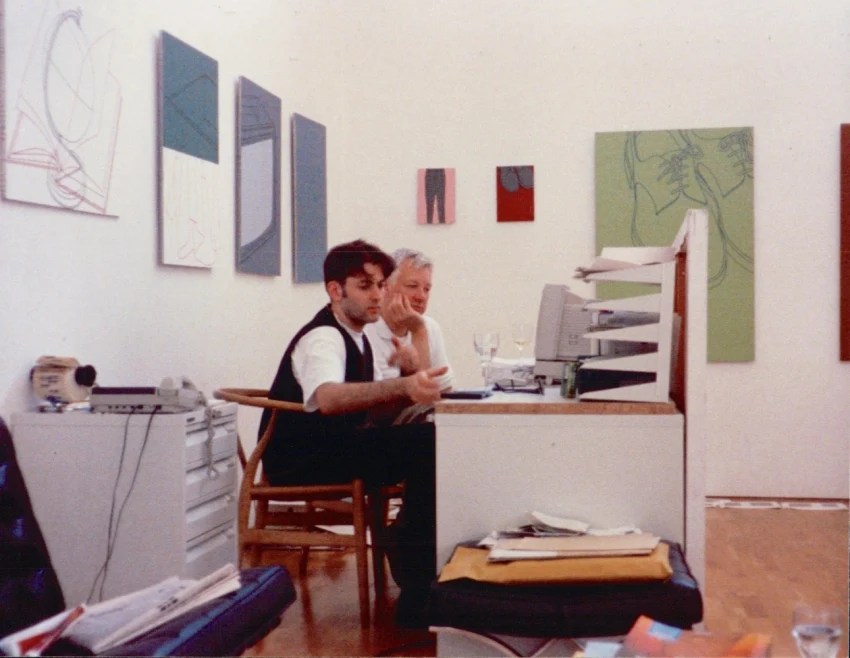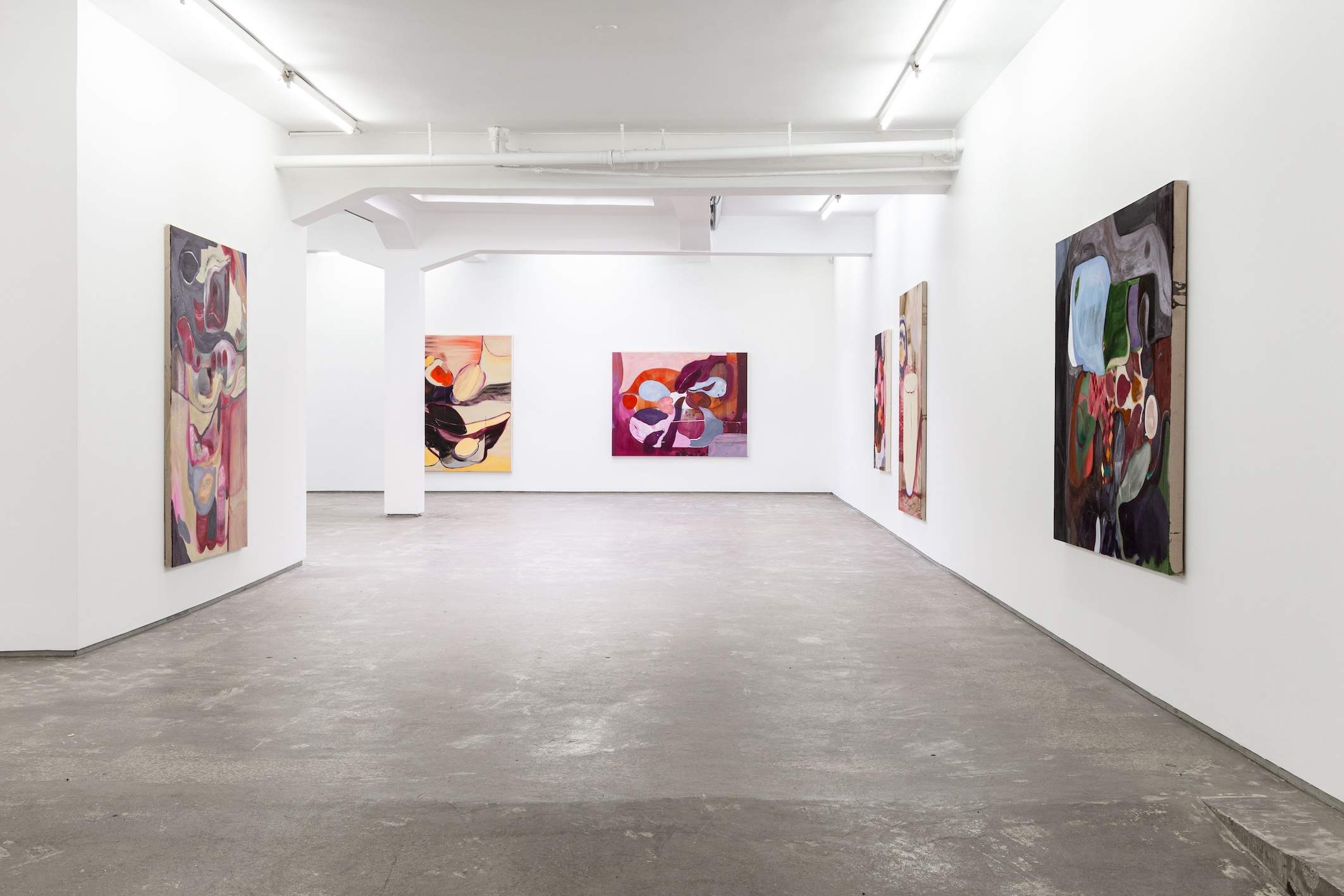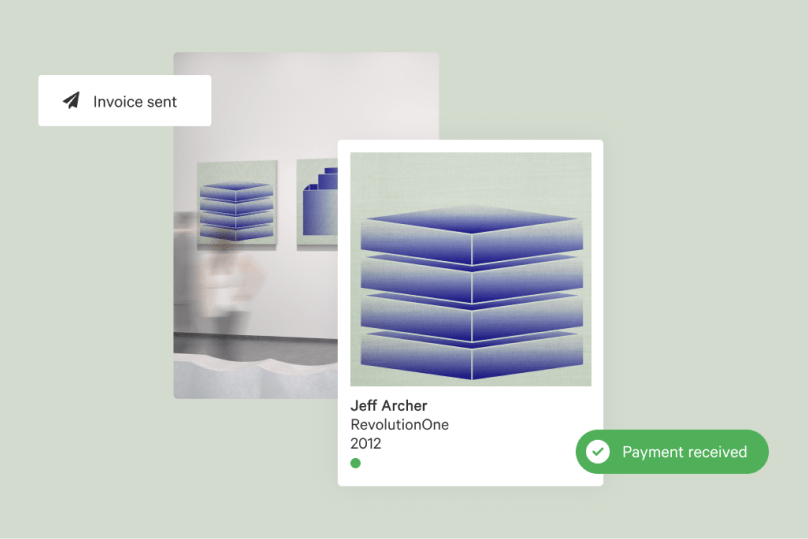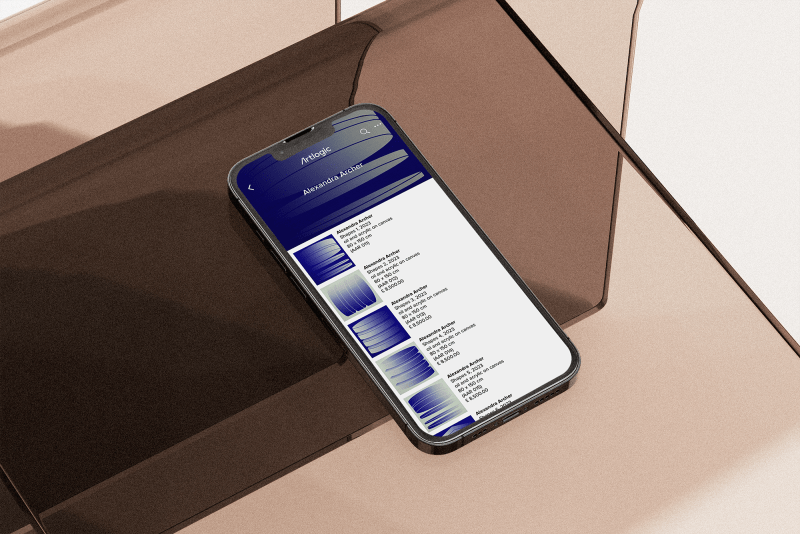
Colloquially known as ‘Frieze Week’, the second week in October sees the global art scene descend onto London. Art world aficionados and novices alike indulge in a week of fairs, private views, conferences, exhibitions, and talks throughout the capital. All united by one thing: art.
In its 20th edition, Frieze opened its arms to more than double the number of attendees compared to its 2003 debut. Boasting a lineup of over 200 preeminent galleries spanning 46 countries (28 of which were returning for their 20th consecutive year) together, Frieze London and Frieze Masters serve as a cornerstone of the international art market, generating a week-long global epicentre for art, ideas, and people.
Certainly, the sociopolitical backdrop to Frieze 2023 was delicate. The Financial Times Business of Art Conference (FT, BAC), held in London on Monday 9th October, brought collectors, gallerists, artists and professionals together to tackle the big topics ahead of London’s busiest week in art. During the conference, Andrew Fabricant, Chief Operating Officer at Gagosian, quoted: “inflation has been a real factor… it has an impact on the appetite for, and the ability to buy art.”
Economic forecasts aside; since its inception, the world is a very different place than when Frieze first started out in the early 2000s. Not only are there more fairs, but there are more people, and more technology.
Two decades ago, we lived in a predominantly analogue world. Print outs were gospel, pen and paper prolific, and physical cheques commonplace. No one had smartphones (the iPhone hadn’t even been invented), and the thought of needing the internet in the great white tent was considered preposterous. Simply put: “we didn’t send previews like you see now" says Artlogic client Thaddaeus Ropac.
Peter Chater, Artlogic founder, alongside artist Michael Craig-Martin
Now, of course, art fairs operate on a bedrock of tech: “If you didn’t see the PDF preview before the fair, the work you want is already gone” renowned collector Patrizia Sandretto Re Rebaudengo stated at the FT, BAC.
Walking around Frieze this year, it was hard to miss gallerists, iPhone or iPad in hand, presenting works to eager-eyed collectors (the majority of which were using the Artlogic app). A process that once-upon-a-time was completely manual – and involved a lot of paper – now gallerists curate customised presentations of works to send offers via personalised links in a matter of seconds. And, with the recent addition of Artlogic Pay, some were even taking full payments on the spot – anticipating that their system would automatically update when the payment was complete. No admin needed.
Beyond the fairs, the art world is embracing technology in ways that were inconceivable 20 years ago. “The changes in London and the international art market over the past two decades have been unprecedented and multifaceted” reports Reena Devi for Artsy.
The traditional gallery experience has been revolutionised. Technology has emerged as a lucrative gateway to nurturing collector/gallery relationships. With a multitude of efficient Customer Relationship Management (CRM) tools at their disposal, gallerists are no longer combing through filofaxes and hoards of notes to close deals – they simply use a centrally-located sales pipeline.
As the market adapts in a time of rapid technological change, Bettina Korek, Serpentine CEO, assured the FT, BAC audience that the art world is robust enough to handle any digital evolution: “we’re always optimistic” was Korek’s lasting remark.
Reflecting on the art world’s transformation over the past twenty years begs the question: “what will the next twenty bring?” If tech has taken us this far in just two decades, imagine what Frieze 2043 could have in store.






